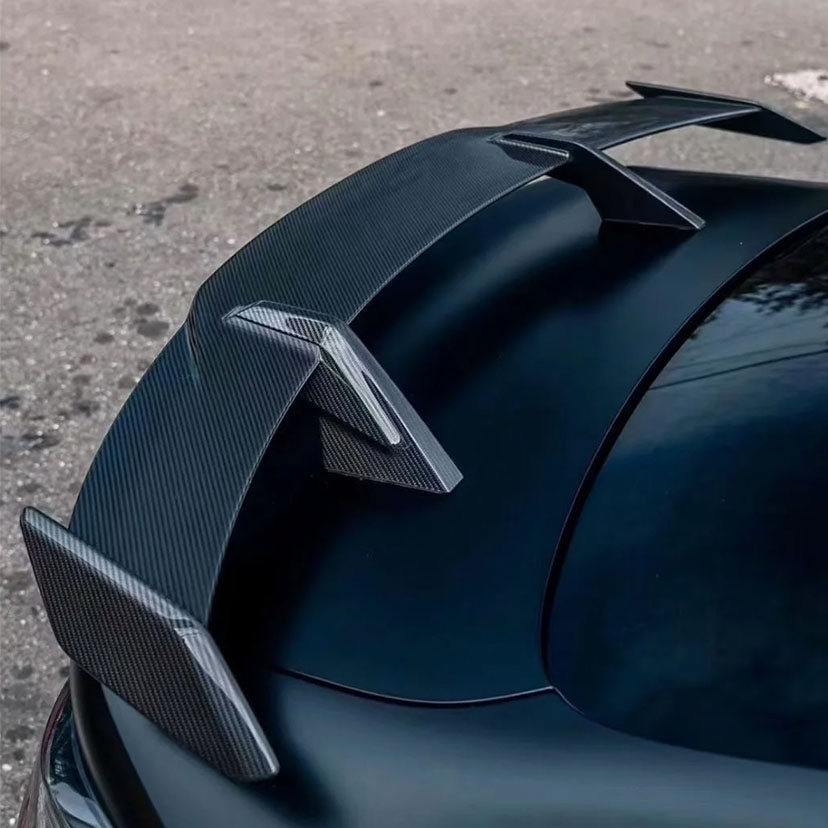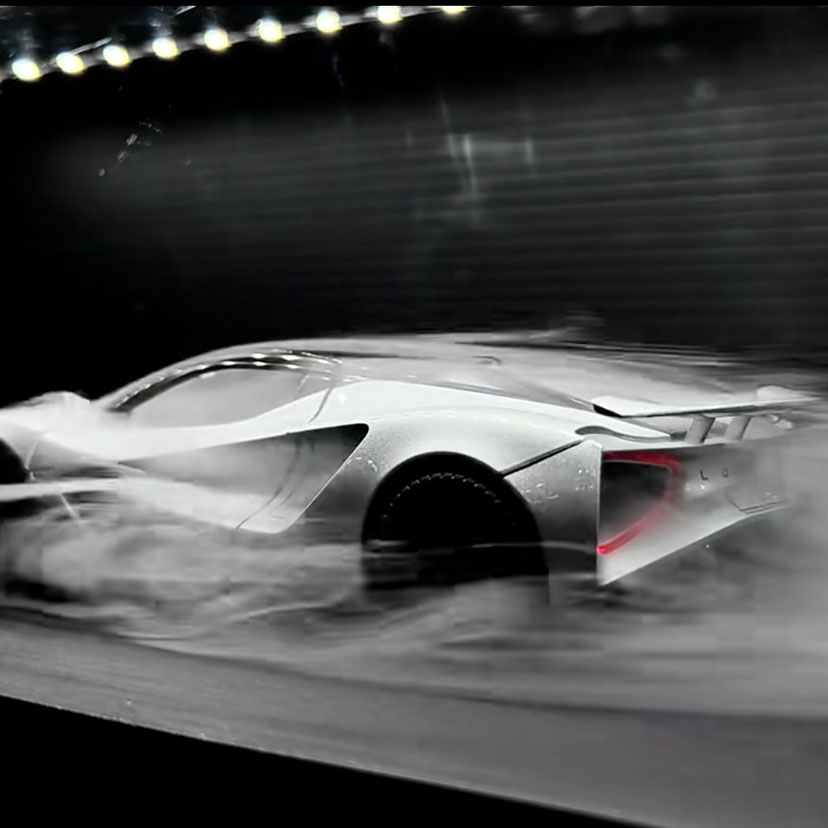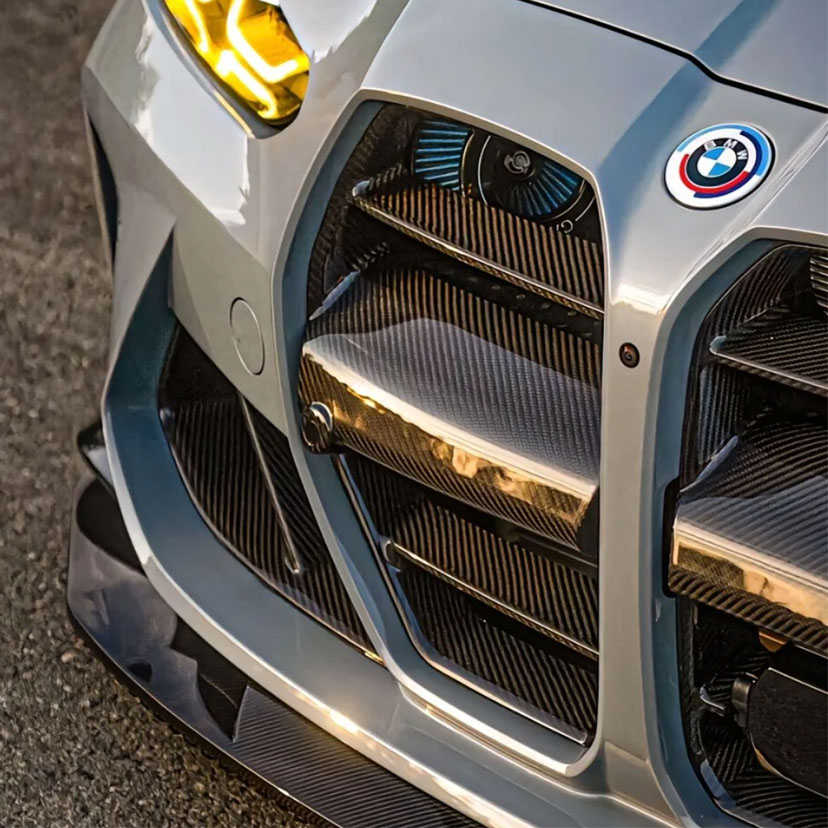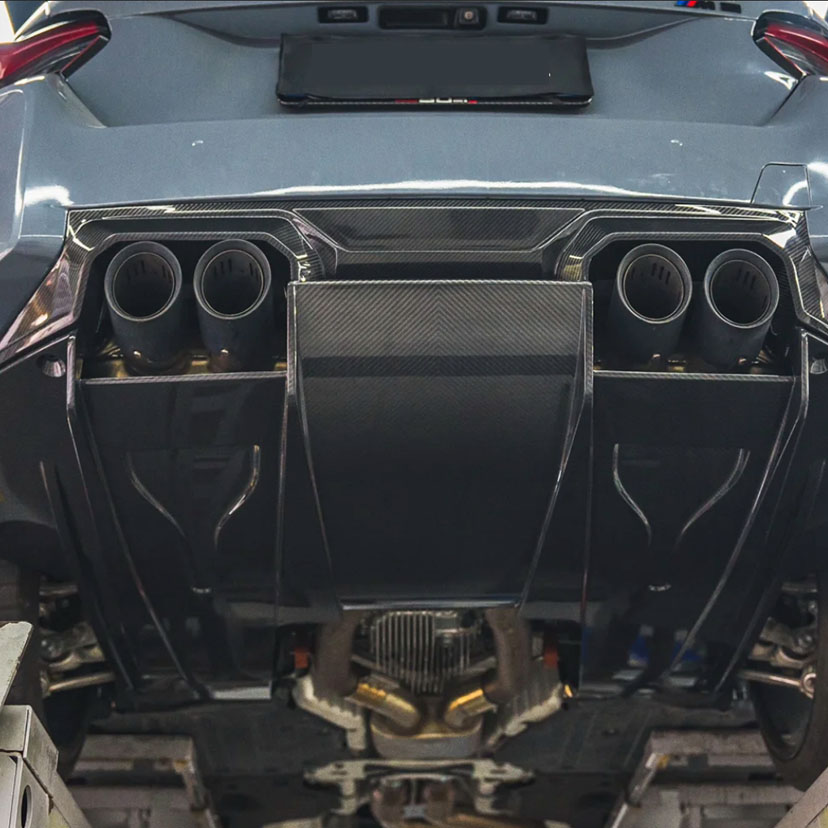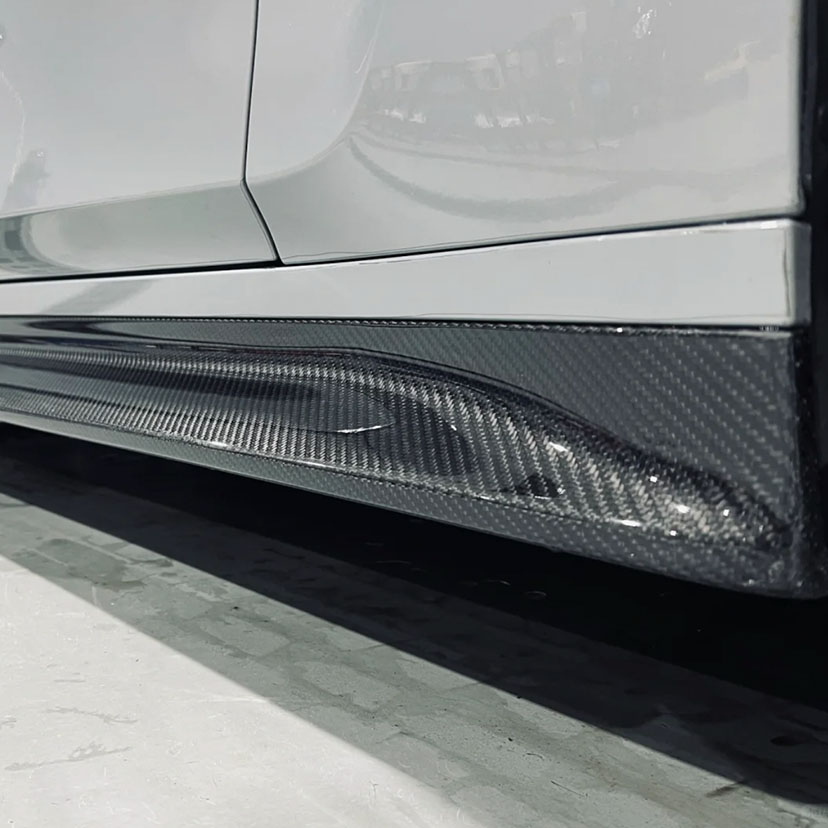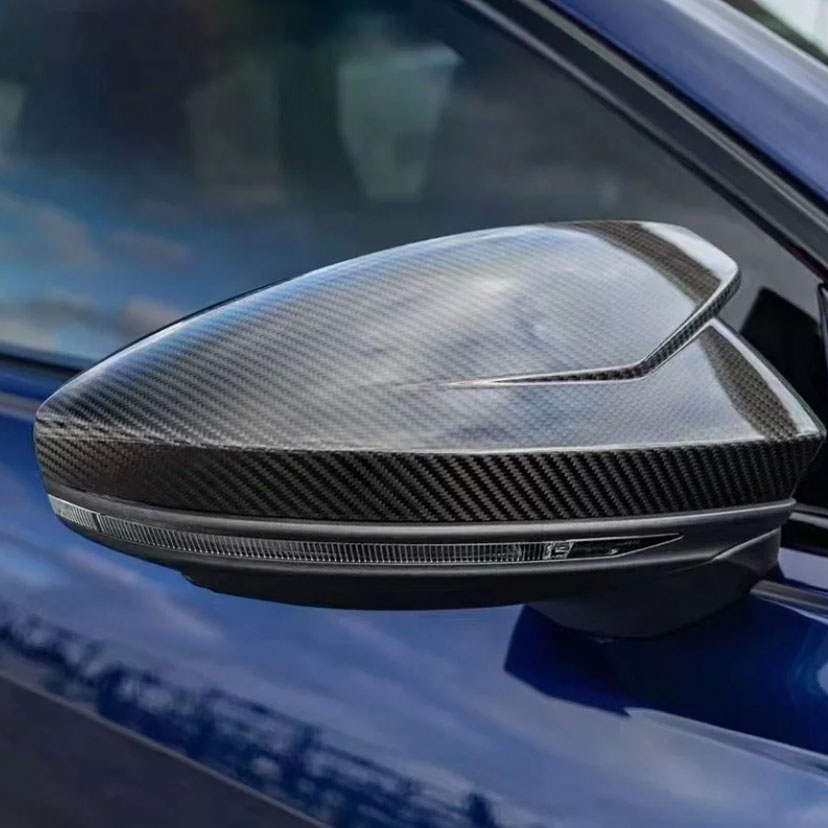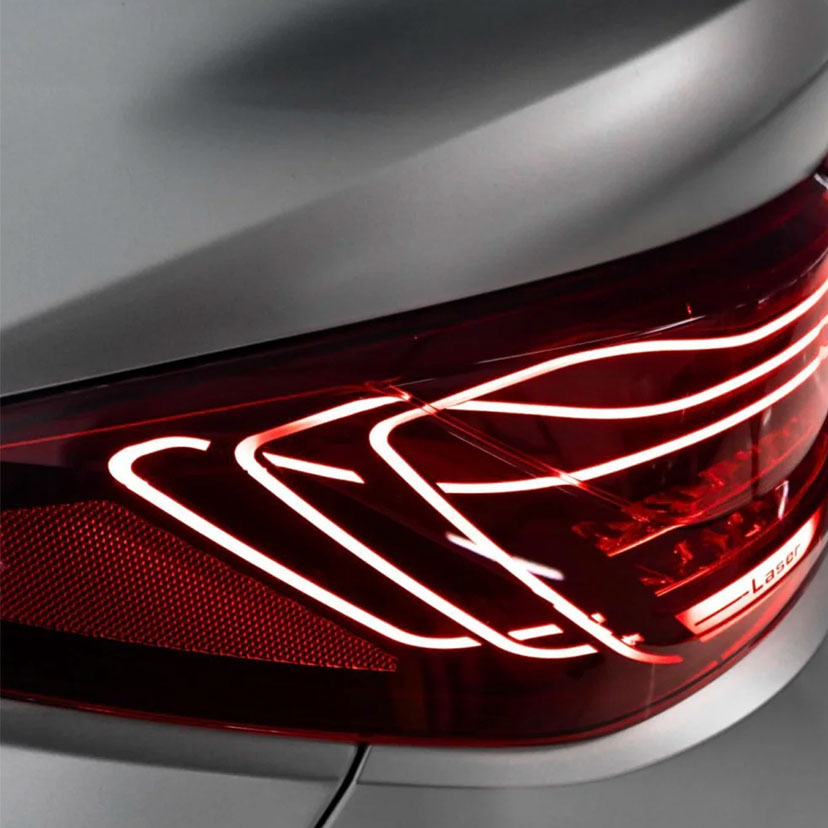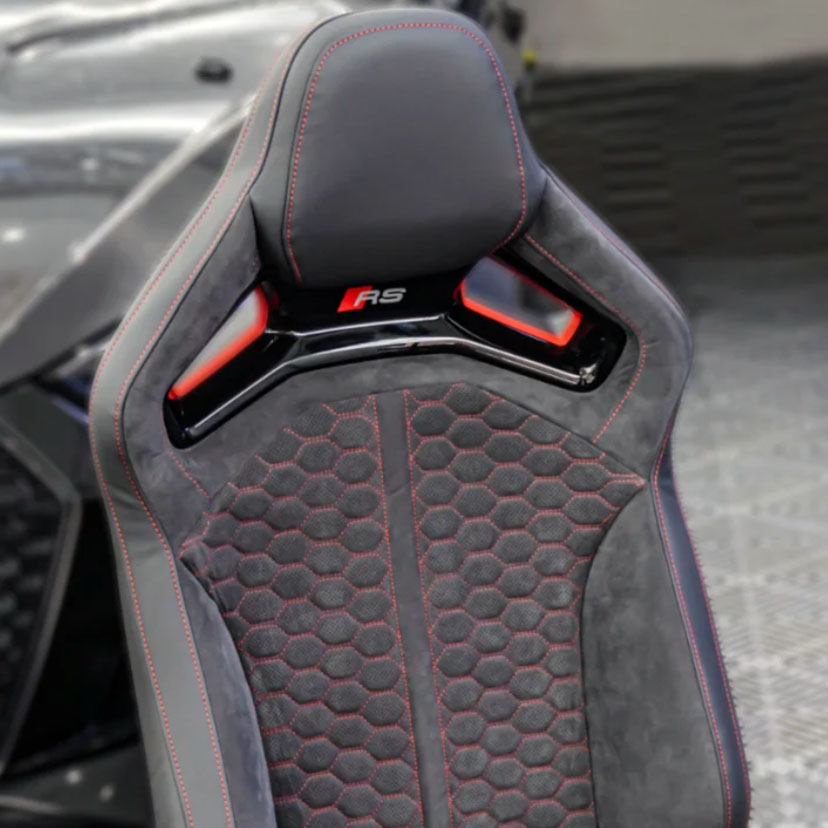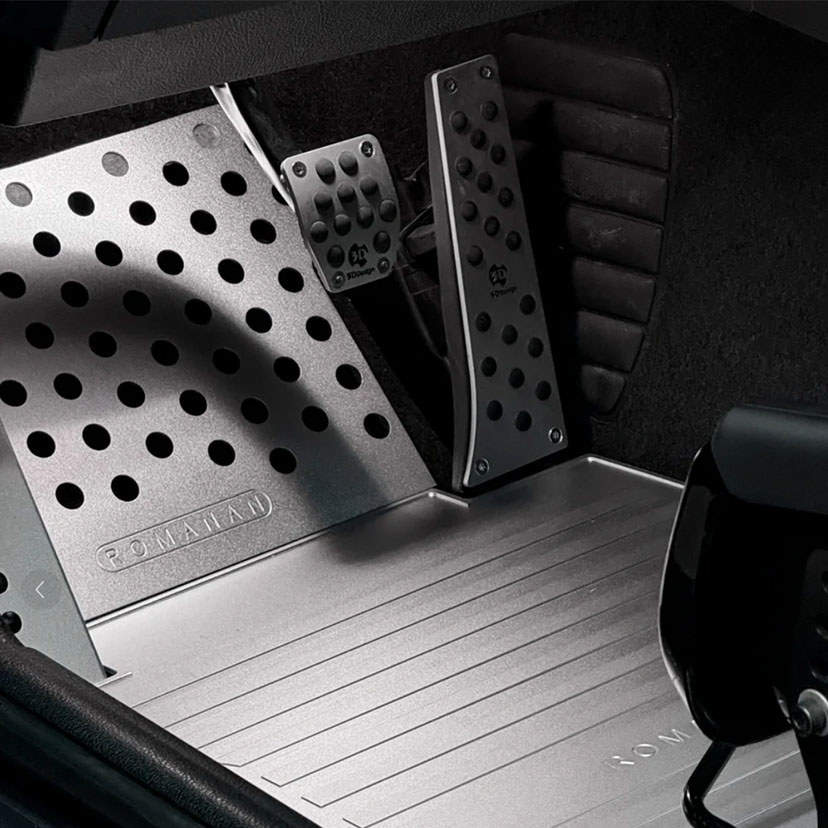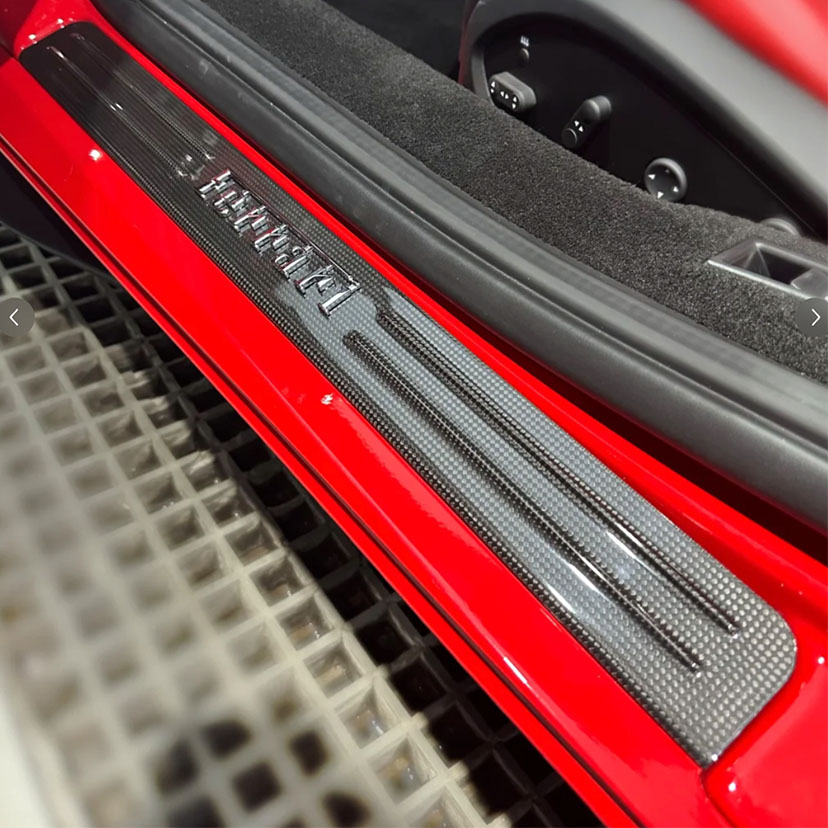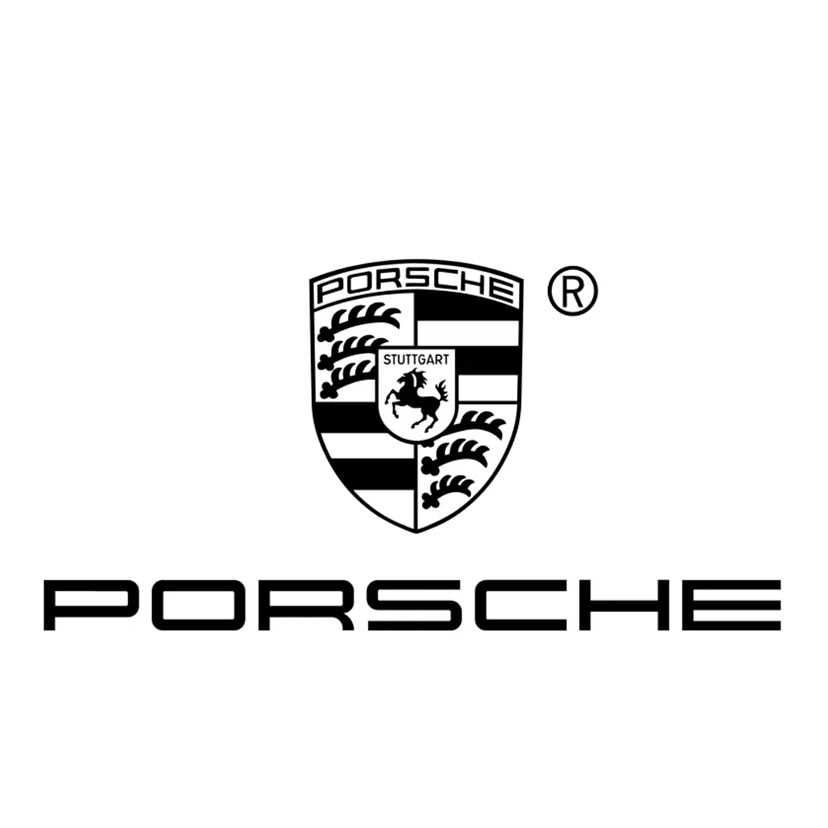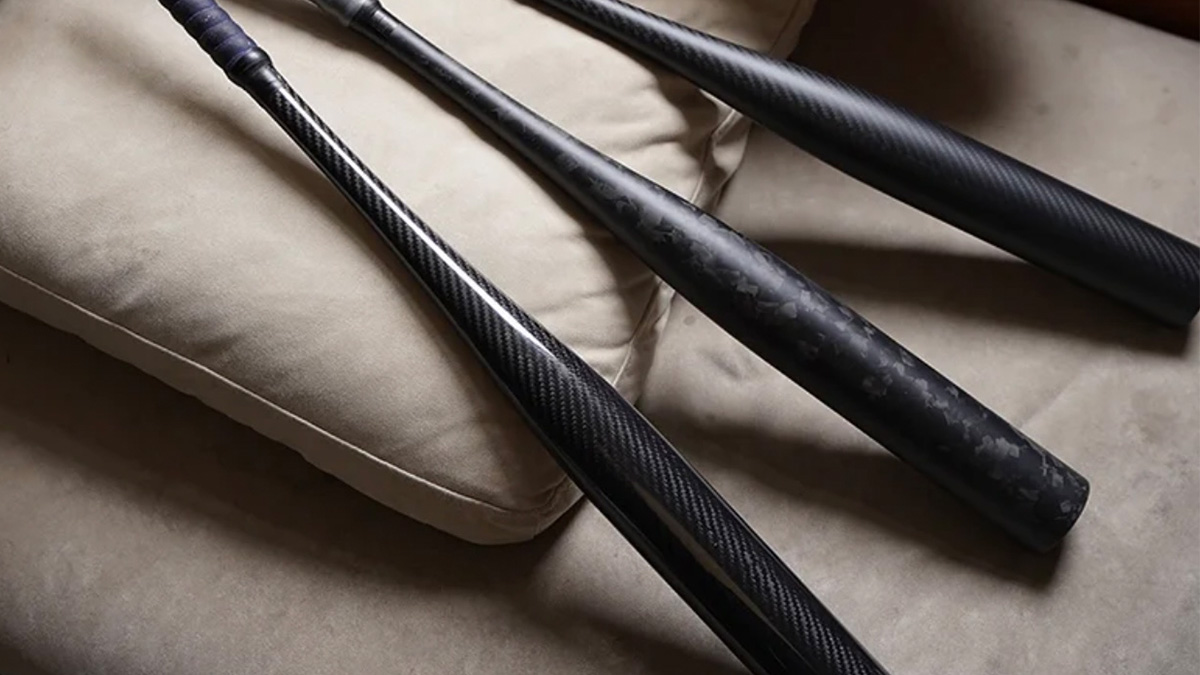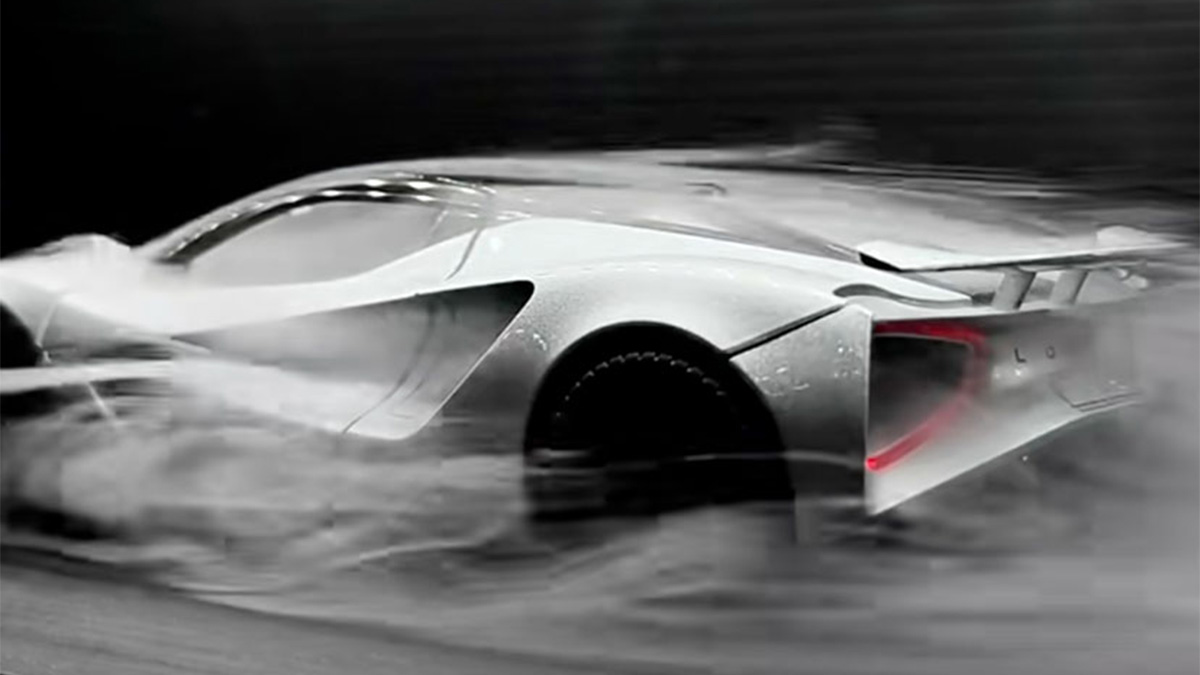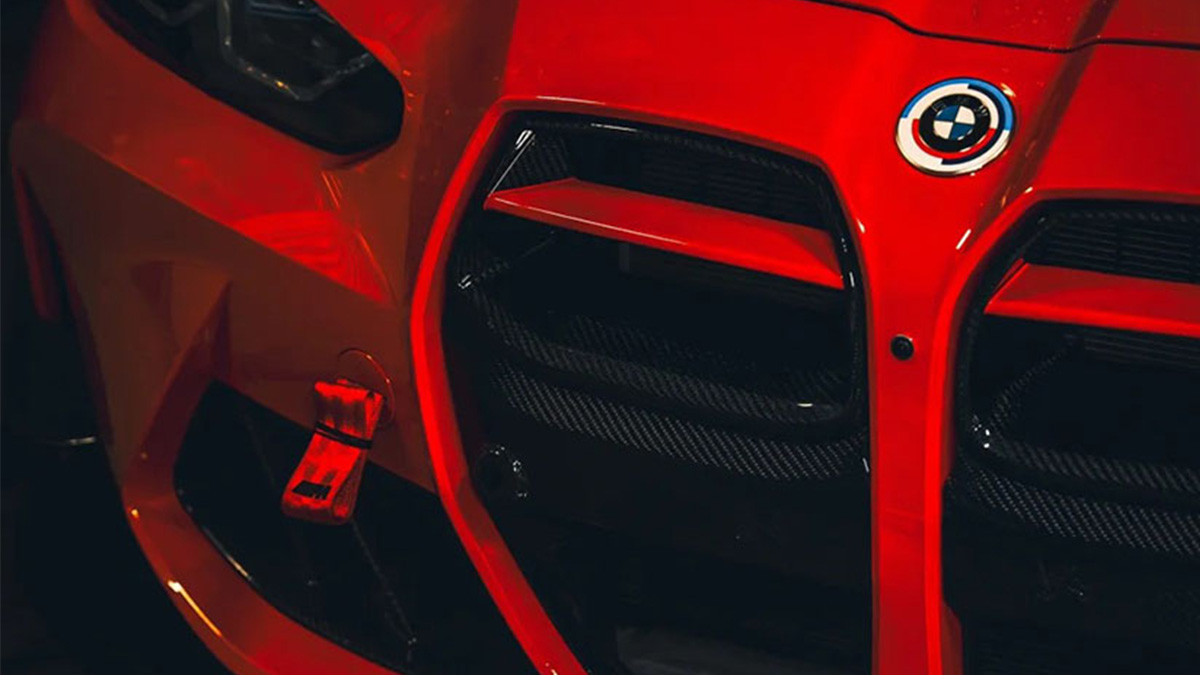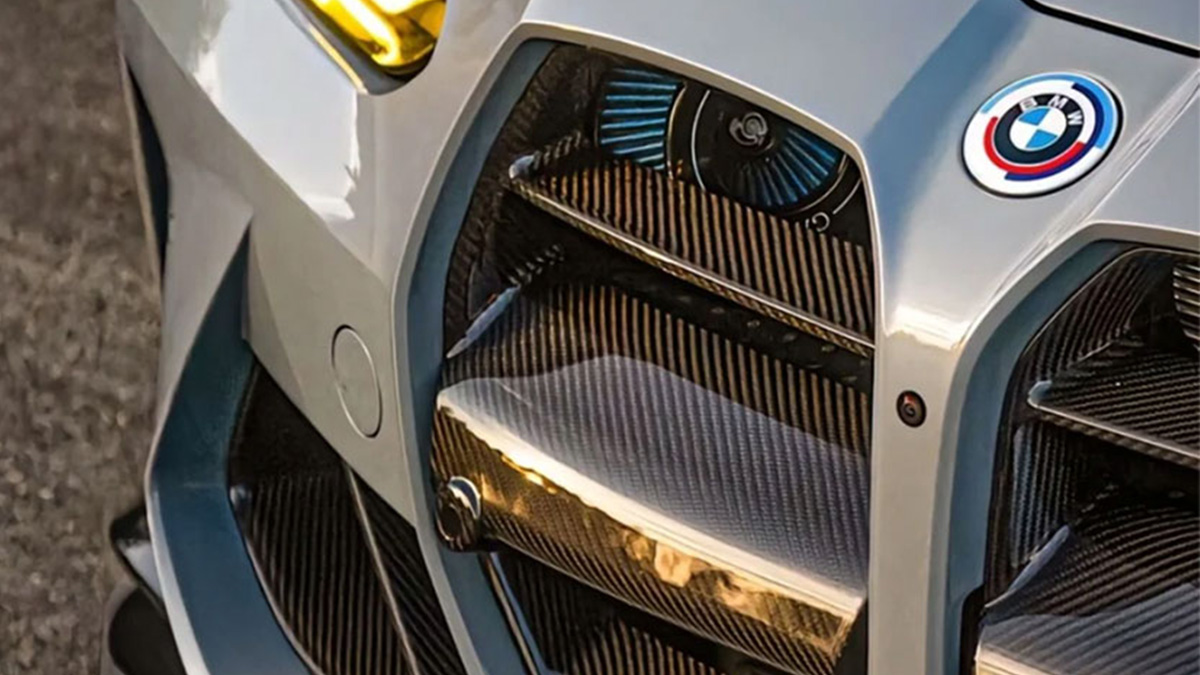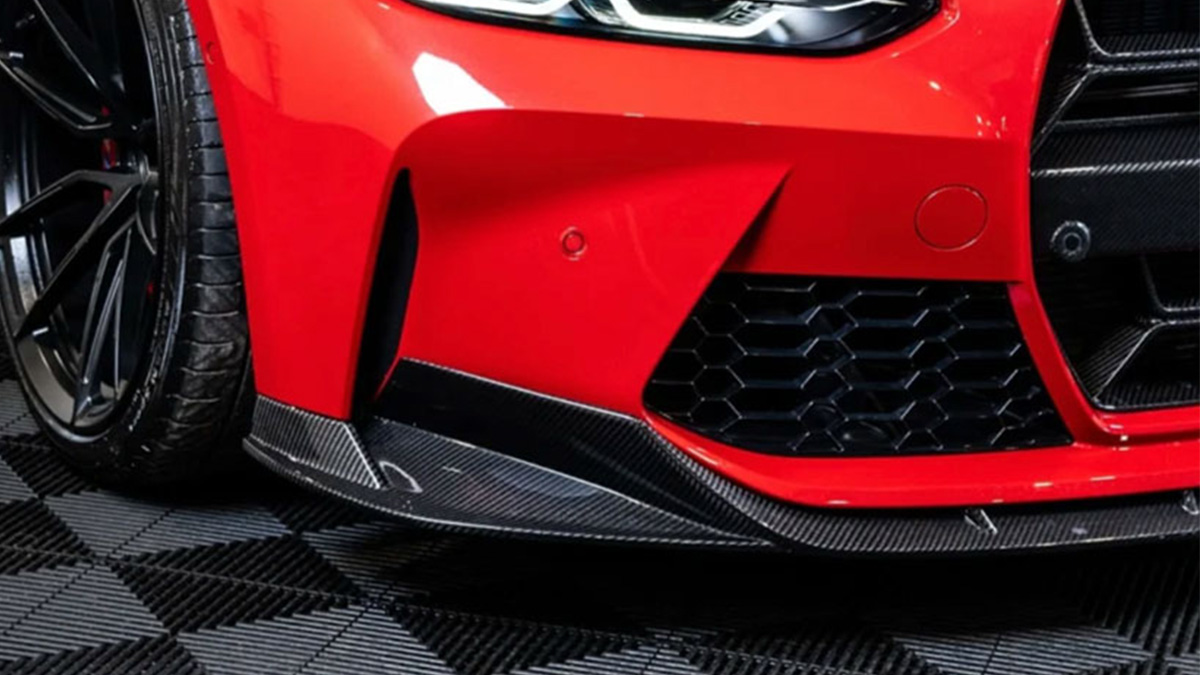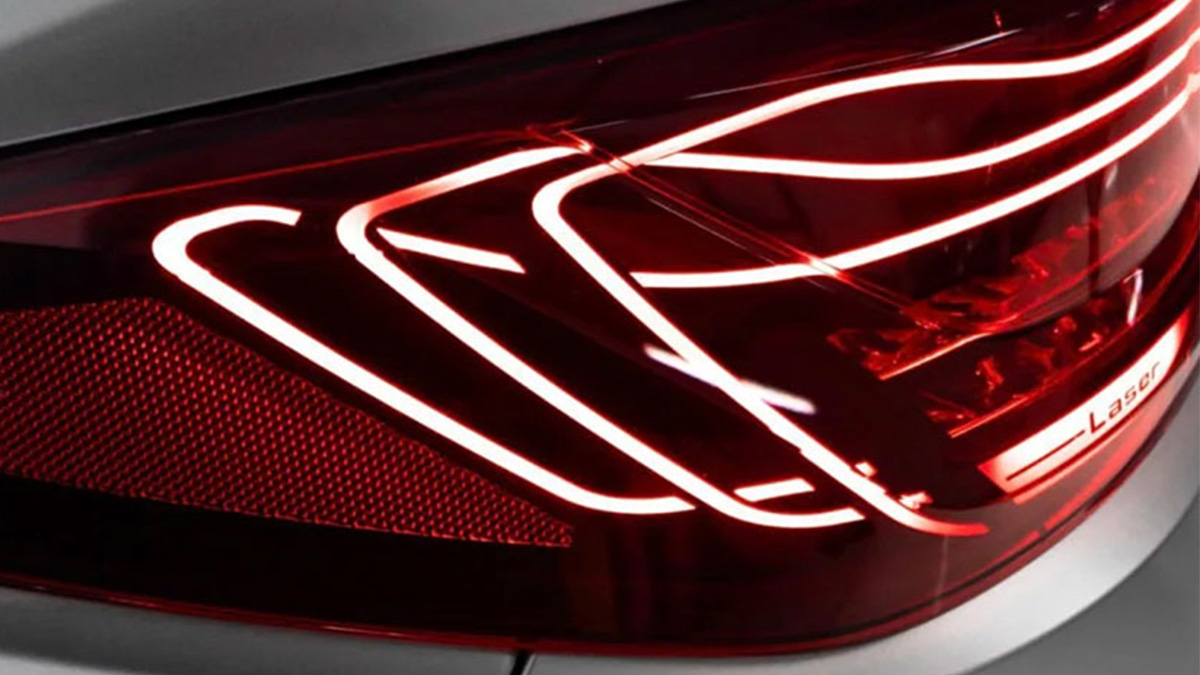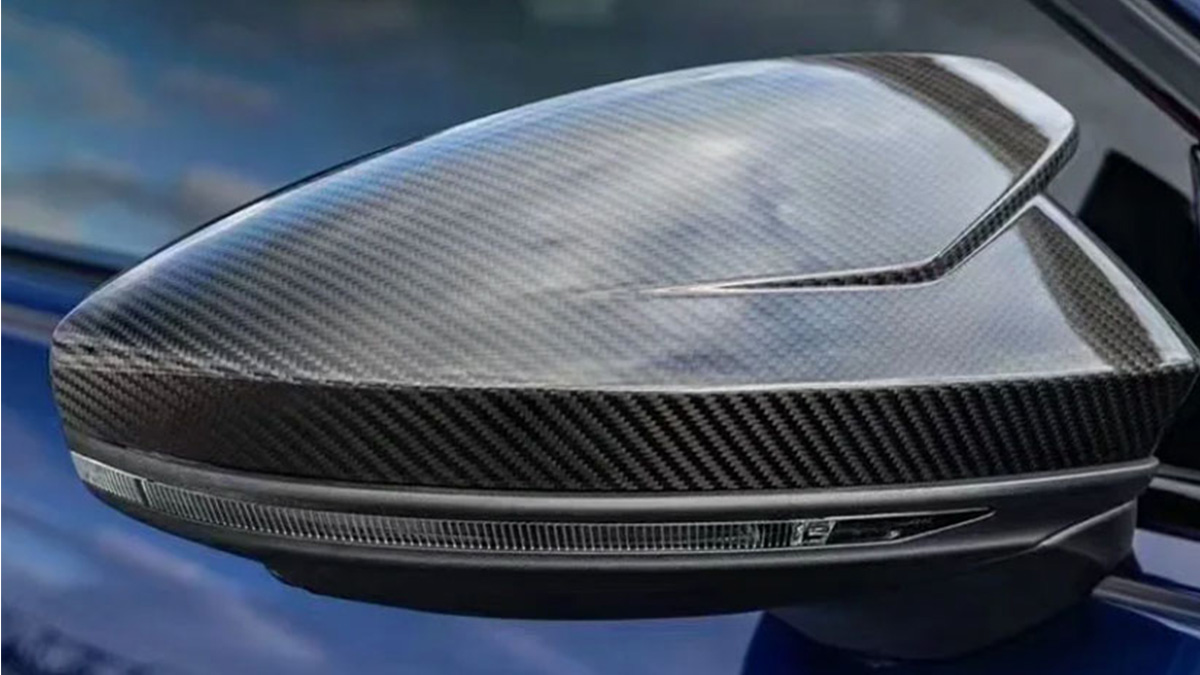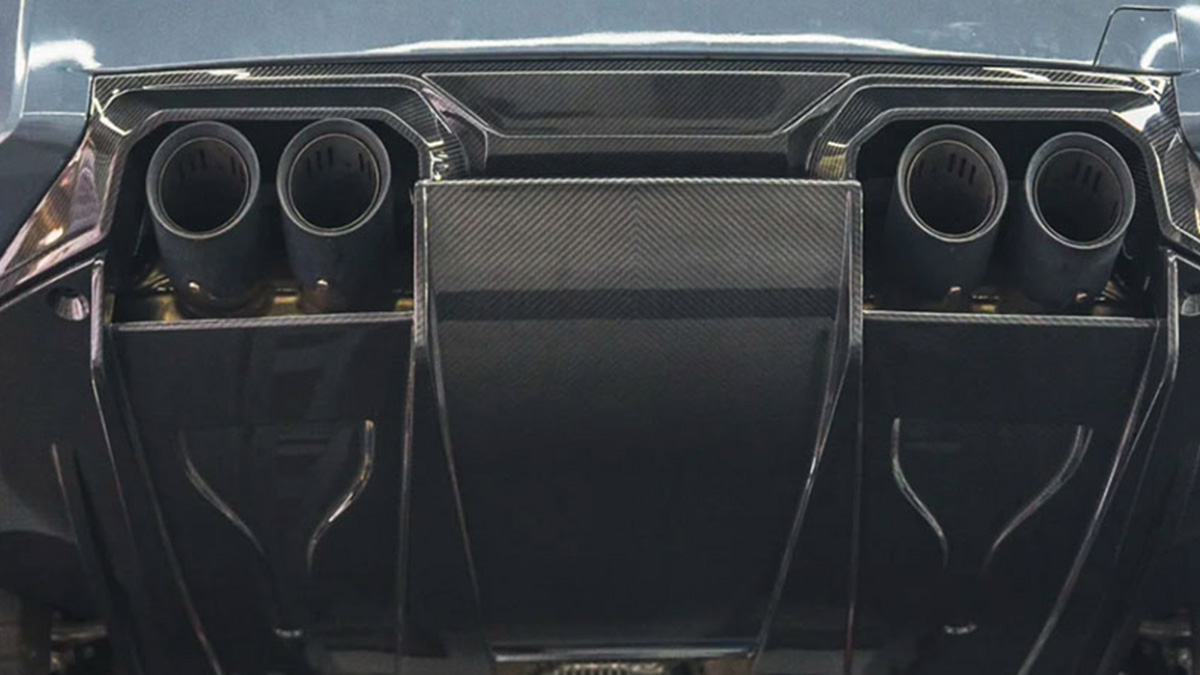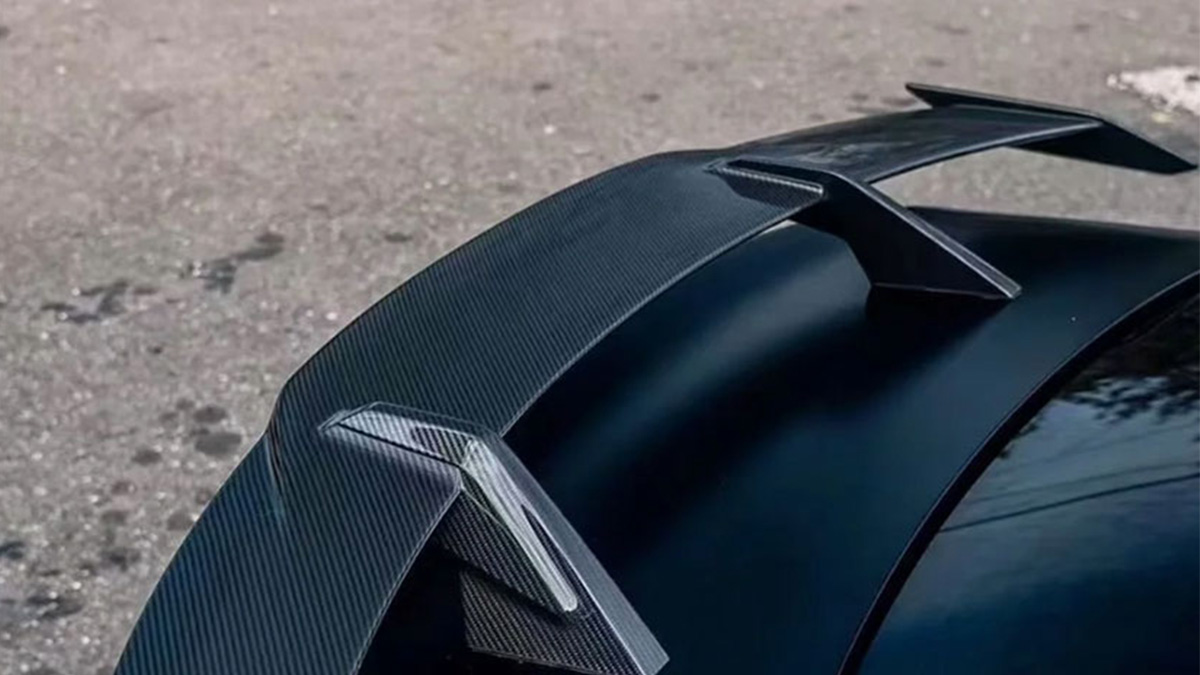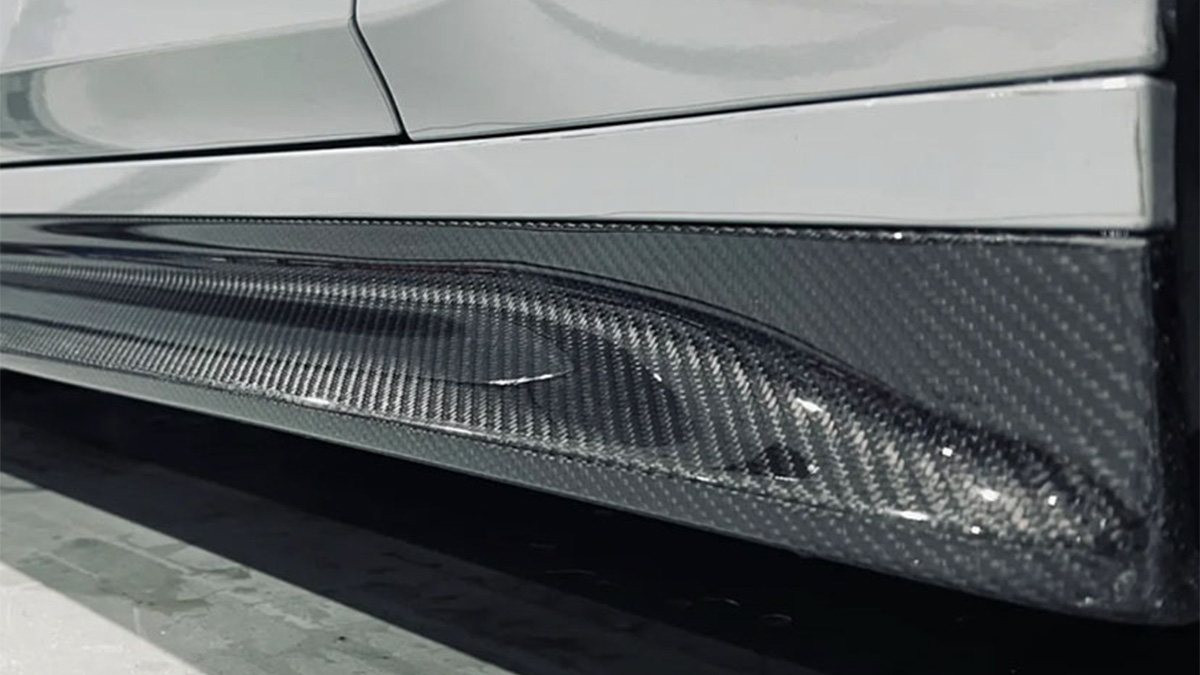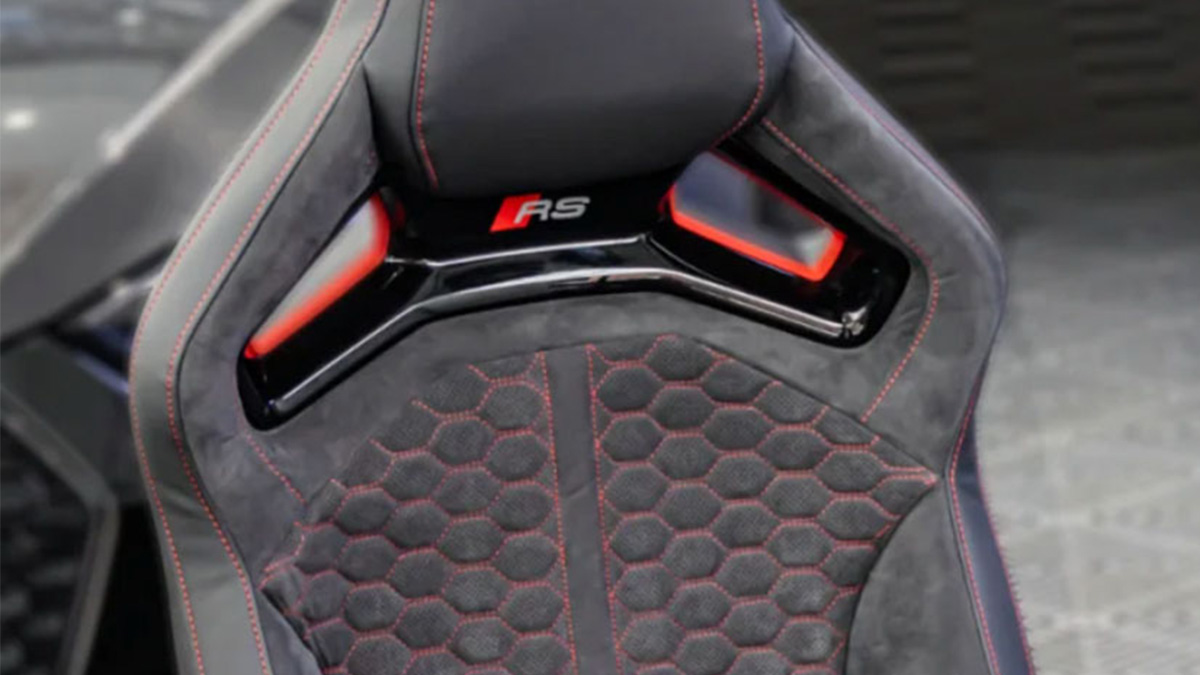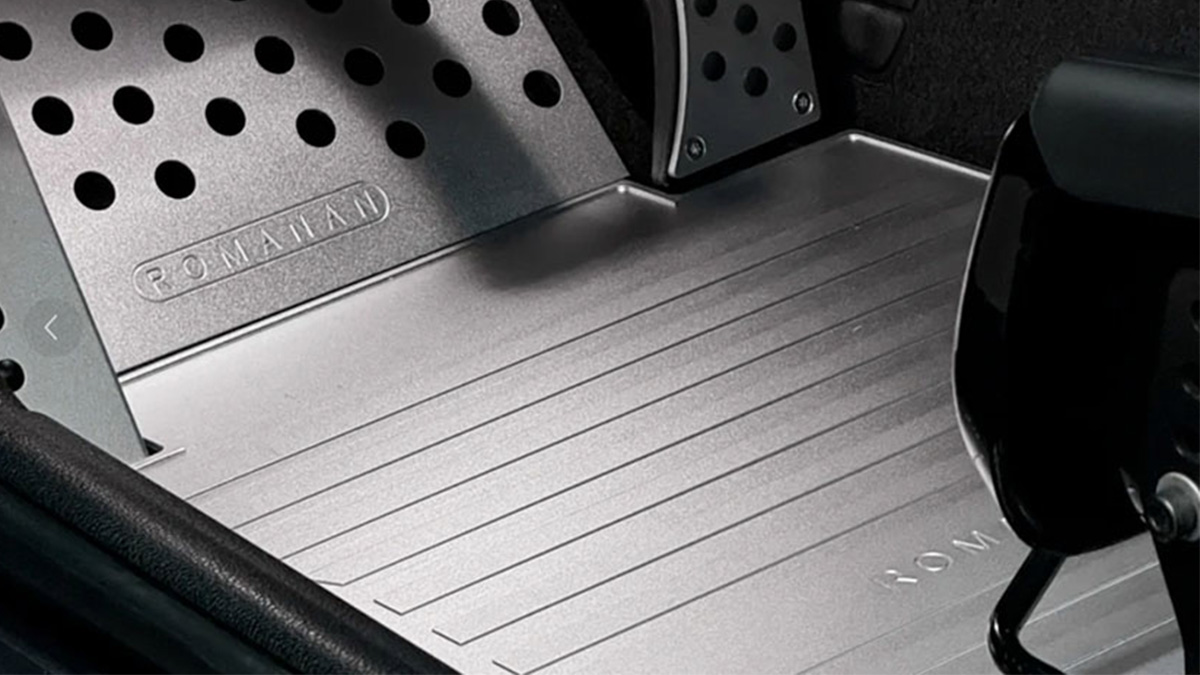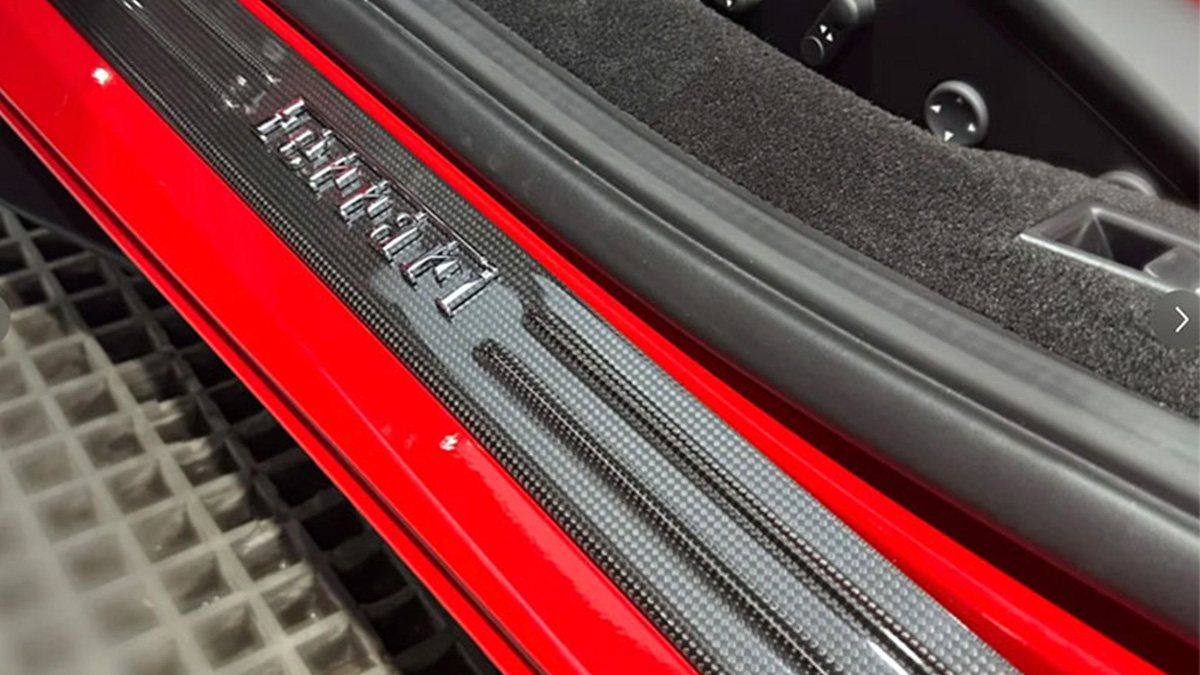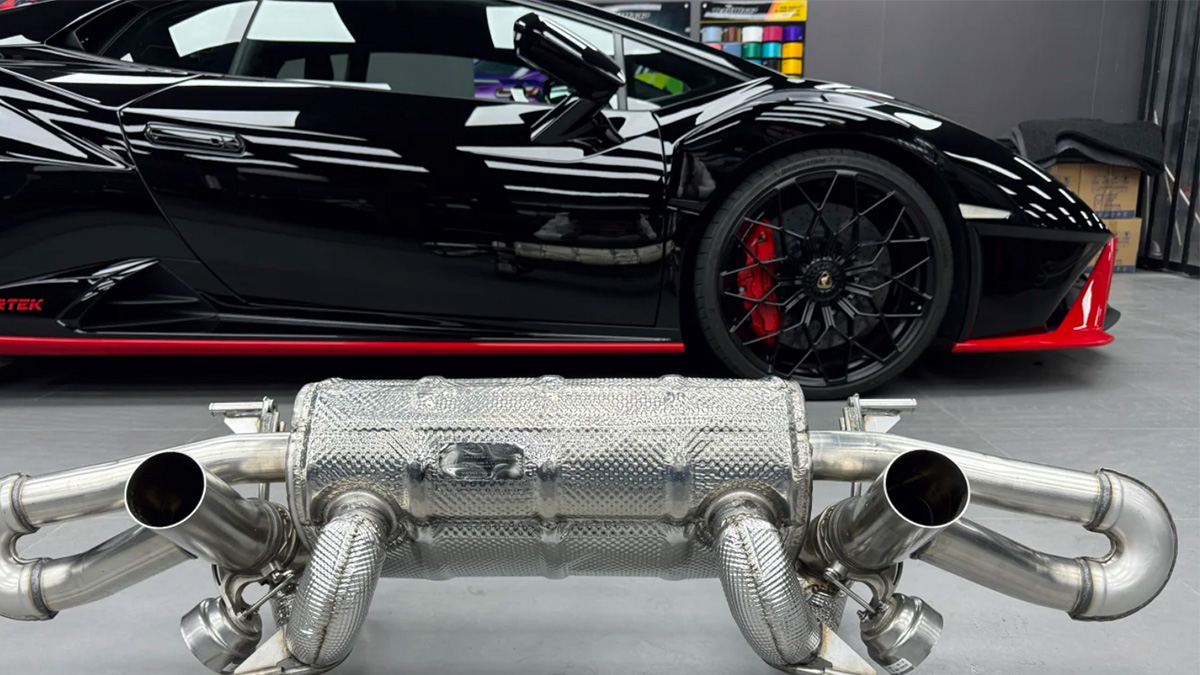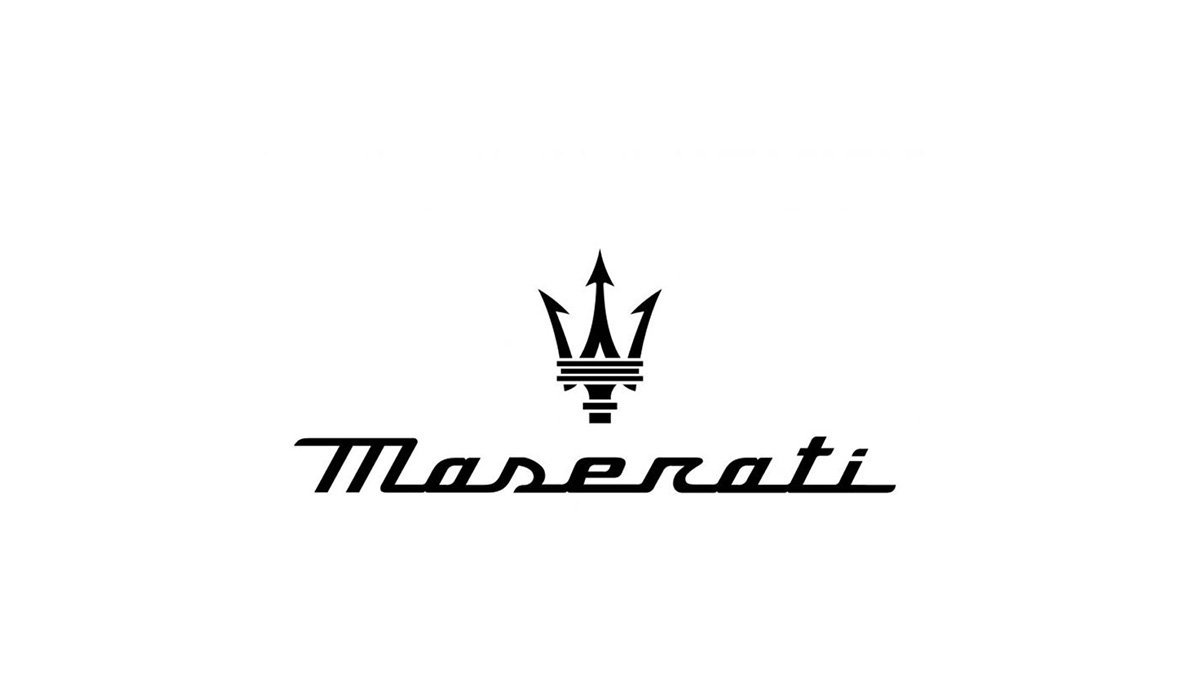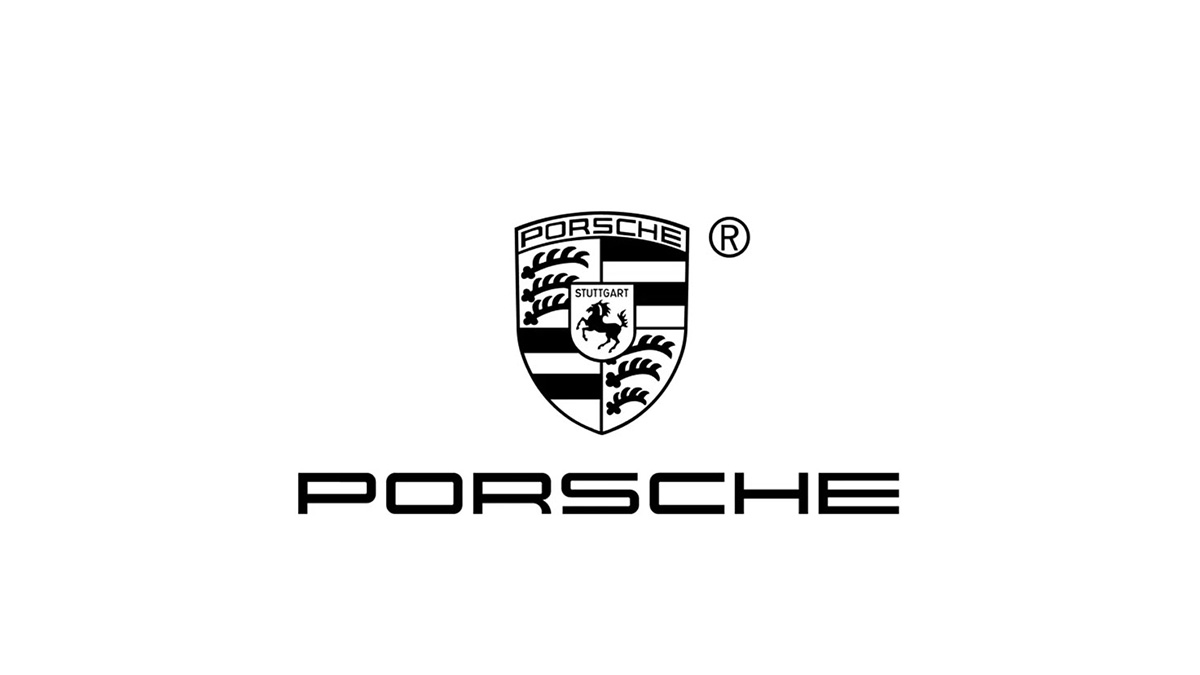What Makes Stainless Steel the Best Choice for Exhaust Systems
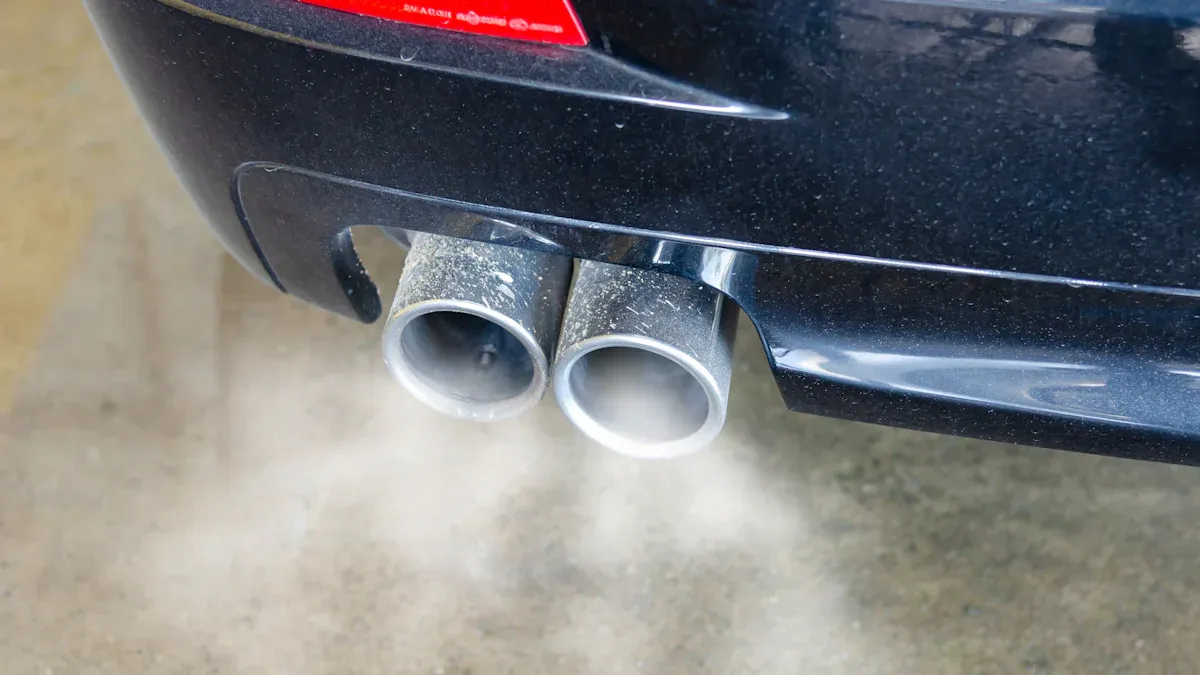
When choosing an exhaust system for your vehicle, stainless steel stands out as the ultimate material. Its durability and resistance to corrosion make it ideal for withstanding the harsh conditions of daily driving. Did you know that each car uses about 20 to 30 kilograms of stainless steel? Over half of this is dedicated to exhaust systems, highlighting its importance in automotive design. Stainless steel exhaust systems not only last longer but also improve performance. They enhance fuel economy, reduce noise, and even add a sleek, polished look to your vehicle. These benefits of stainless steel make it a top choice for both manufacturers and drivers like you.
Key Takeaways
Stainless steel exhausts last longer, about 10 to 20 years. Mild steel lasts only 3 to 5 years.
These exhausts help cars perform better by improving airflow. This boosts power and strength.
Stainless steel doesn’t rust easily and needs little care. This saves you time and money over time.
Its shiny look makes your car stylish and stays rust-free. It also avoids losing color.
Picking stainless steel helps the environment since it can be recycled. It also needs fewer replacements.
Durability and Corrosion Resistance
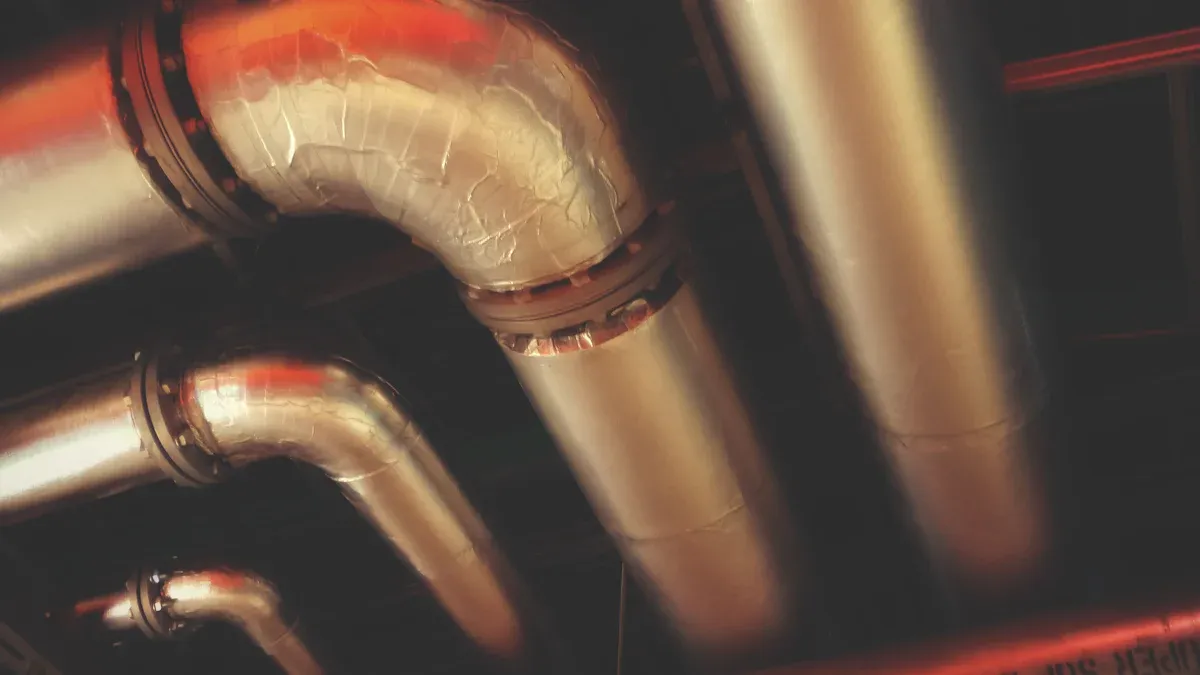
Withstanding Harsh Conditions
Resistance to extreme temperatures
Stainless steel excels in extreme temperature environments, making it a reliable choice for exhaust systems. Its high tensile strength allows it to endure significant heat without warping or losing its shape. This property ensures that stainless steel exhaust components maintain their structural integrity even when exposed to the intense heat generated by your vehicle’s engine. Additionally, stainless steel pipes resist thermal expansion, which helps prevent cracks or leaks over time.
Protection against road salt and moisture
Road salt and moisture are common culprits of corrosion in exhaust systems. Stainless steel offers exceptional resistance to these elements due to its unique composition. The chromium in stainless steel forms a protective oxide layer on the surface, shielding it from rust and other forms of corrosion. This feature makes stainless steel pipes more durable than alternatives like mild steel, which often succumb to rust in wet or salty conditions. By choosing stainless steel, you can ensure your exhaust system remains intact and functional for years.
Longevity of Stainless Steel
Reduced wear and tear over time
Stainless steel exhaust components are designed to last. Their durability stems from their ability to resist both physical and chemical wear. Unlike other materials, stainless steel does not degrade quickly when exposed to harsh conditions. This means fewer repairs and replacements for you, saving both time and money. Its high strength-to-weight ratio also contributes to its longevity, as it can withstand heavy loads without compromising performance.
Comparison to other materials like mild steel and aluminized steel
When comparing materials, stainless steel stands out for its longevity. Mild steel exhaust systems typically last only 3 to 5 years due to their susceptibility to rust. Aluminized steel fares slightly better, lasting up to 10 years in dry climates but only 2 to 3 years in harsher conditions. In contrast, stainless steel exhaust systems can last 10 to 20 years, making them a more durable and cost-effective option. This extended lifespan, combined with minimal maintenance needs, makes stainless steel the superior choice for your vehicle.
Performance Benefits of a Stainless Steel Exhaust
Enhanced Efficiency
Improved exhaust flow dynamics
One of the key benefits of a stainless steel exhaust is its ability to enhance exhaust flow. This material allows for smoother and more efficient movement of exhaust gases through the system. Compared to factory-installed systems, stainless steel exhausts reduce backpressure, which improves engine breathing. This leads to noticeable gains in horsepower and torque. With better exhaust flow, your vehicle becomes more responsive and powerful, making every drive more enjoyable.
Stainless steel exhaust systems improve overall vehicle performance.
They provide superior exhaust flow compared to standard systems.
Lower backpressure results in increased horsepower and torque.
Contribution to better engine performance
The benefits of a stainless steel exhaust extend to your engine’s performance. By reducing backpressure, these systems allow the engine to expel gases more efficiently. This not only improves performance but also helps maintain the engine’s longevity. Vehicles equipped with stainless steel exhaust systems often experience smoother acceleration and better throttle response, giving you a more dynamic driving experience.
Superior Sound Quality
Stainless steel’s role in reducing noise
Stainless steel exhausts also improve sound quality. The material’s thinner walls allow more sound energy to escape, creating a sharper and sportier tone. Unlike mild steel, which can rust and alter sound over time, stainless steel maintains a consistent sound profile. This ensures that your vehicle sounds as good as it performs.
Stainless steel exhausts produce a crisp, zingy sound.
High-temperature resistance ensures consistent sound quality.
Drivers enjoy the deep, throaty rumble these systems create.
Customization options for sound tuning
Another benefit of stainless steel exhaust systems is their versatility in sound tuning. You can choose from various configurations and muffler types to achieve your desired sound profile. Whether you prefer a subtle hum or a bold roar, stainless steel exhausts offer the flexibility to match your preferences.
Fuel Economy
Lightweight properties aiding fuel efficiency
The lightweight nature of stainless steel contributes to improved fuel efficiency. Thinner components reduce the overall weight of your vehicle, allowing it to consume less fuel. This makes stainless steel exhaust systems an eco-friendly and cost-effective choice for drivers looking to save on fuel costs.
Reduced backpressure for optimal engine performance
Reduced backpressure is another way stainless steel exhausts improve fuel efficiency. By allowing exhaust gases to exit more effectively, these systems optimize engine performance. This not only enhances fuel economy but also reduces emissions, making your vehicle more environmentally friendly.
Cost-Effectiveness of Stainless Steel Exhaust Systems
Long-Term Savings
Minimal maintenance requirements
Stainless steel exhaust systems require far less maintenance than their mild steel counterparts. Over a 30-year period, maintenance costs for stainless steel can be as low as 5% of the initial investment. In contrast, mild steel systems may incur costs up to 20%. This significant difference stems from stainless steel’s resistance to rust and corrosion. You can further extend the lifespan of your exhaust system by performing simple tasks like periodic cleaning and inspections. For example, removing dirt and salt buildup or checking for damage around welds can help maintain its quality. Unlike mild steel, stainless steel does not need protective coatings or frequent repairs, saving you time and money.
Extended lifespan compared to alternatives
Durable stainless steel exhaust systems last between 10 to 20 years, far outlasting mild steel systems, which typically last only 3 to 5 years. Aluminized steel offers slightly better longevity but still falls short, especially in harsh conditions. Stainless steel’s durability reduces the need for frequent replacements, making it a cost-effective choice in the long run. Its ability to withstand extreme temperatures and resist corrosion ensures that your exhaust system remains functional and reliable for years.
Value for Money
Initial investment versus long-term benefits
While stainless steel exhaust systems have a higher upfront cost, their long-term benefits outweigh the initial expense. For example, stainless steel systems require less maintenance and fewer replacements, leading to significant savings over time. A cost comparison shows that stainless steel maintenance costs are only 5% of the initial cost over 30 years, while mild steel systems can reach 20%. Additionally, stainless steel retains up to 60% of its original value, compared to mild steel’s 30%, making it a better investment.
Reduced need for replacements
The durability of stainless steel systems minimizes the need for replacements. This not only saves you money but also reduces downtime for repairs. Manufacturers prefer stainless steel for its ability to withstand harsh environments, high temperatures, and road salt. These qualities ensure that your exhaust system remains in excellent condition, providing consistent performance and quality throughout its lifespan.
Aesthetic and Environmental Advantages of Stainless Steel Exhausts
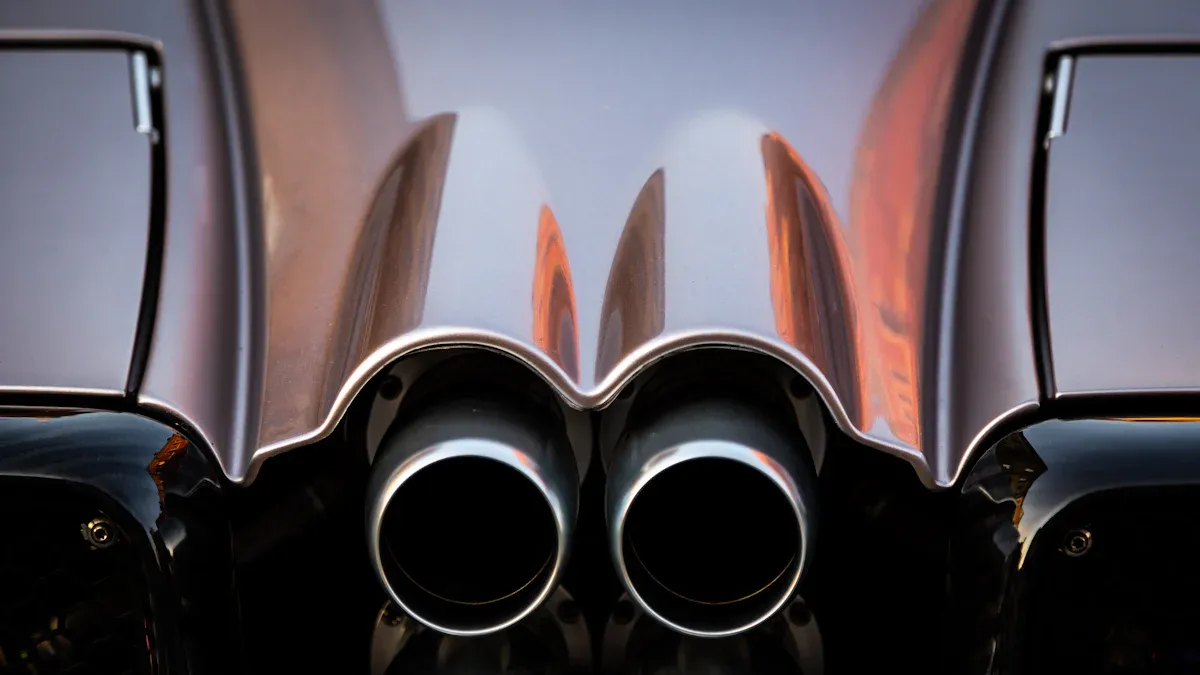
Stylish Appearance
Sleek, polished look enhancing vehicle design
Stainless steel exhaust systems add a touch of sophistication to your vehicle. The polished sheen of stainless steel creates a contemporary and aggressive style that stands out. Whether you drive a sports car or a customized vehicle, the sleek finish enhances the overall design. You can also choose from various configurations, such as dual, single, or quad exhaust tips, to match your personal taste. These options allow you to customize your vehicle’s appearance while maintaining a professional and stylish look.
Resistance to discoloration and rust
Unlike other materials, stainless steel resists discoloration and rust, ensuring your exhaust system maintains its pristine appearance over time. The chromium content in stainless steel forms a protective layer that prevents rust from forming, even in harsh conditions. This feature keeps your exhaust system looking polished and new, making it a long-lasting aesthetic upgrade for your vehicle.
Eco-Friendly Properties
Recyclability of stainless steel
Stainless steel is one of the most recyclable materials available, making it an environmentally responsible choice. Many manufacturers use recycled stainless steel in production, reducing the need for raw materials. When your exhaust system reaches the end of its lifespan, it can be recycled and repurposed, minimizing waste sent to landfills. This recyclability supports sustainability in the automotive industry and promotes a greener future.
Reduced environmental impact compared to other materials
The durability of stainless steel exhaust systems reduces the frequency of replacements, which means less waste and fewer resources consumed over time. Additionally, stainless steel’s corrosion resistance and low maintenance requirements lower its overall environmental footprint. While its production requires significant energy, the long-term benefits outweigh this drawback. By choosing stainless steel, you contribute to a more sustainable transportation sector, especially as it becomes a key material in electric vehicles.
Stainless steel exhaust systems offer unmatched durability, corrosion resistance, and cost-effectiveness. Their ability to withstand harsh conditions ensures a reliable and long-lasting solution for your vehicle. Over time, stainless steel proves economical, with maintenance costs as low as 5% of the initial investment over 30 years. Its recyclability and role in reducing emissions make it an environmentally responsible choice. By improving fuel economy and enhancing performance, stainless steel exhaust systems deliver both practicality and sustainability. Whether you value longevity, efficiency, or eco-friendliness, stainless steel remains the most reliable option for your exhaust system.


